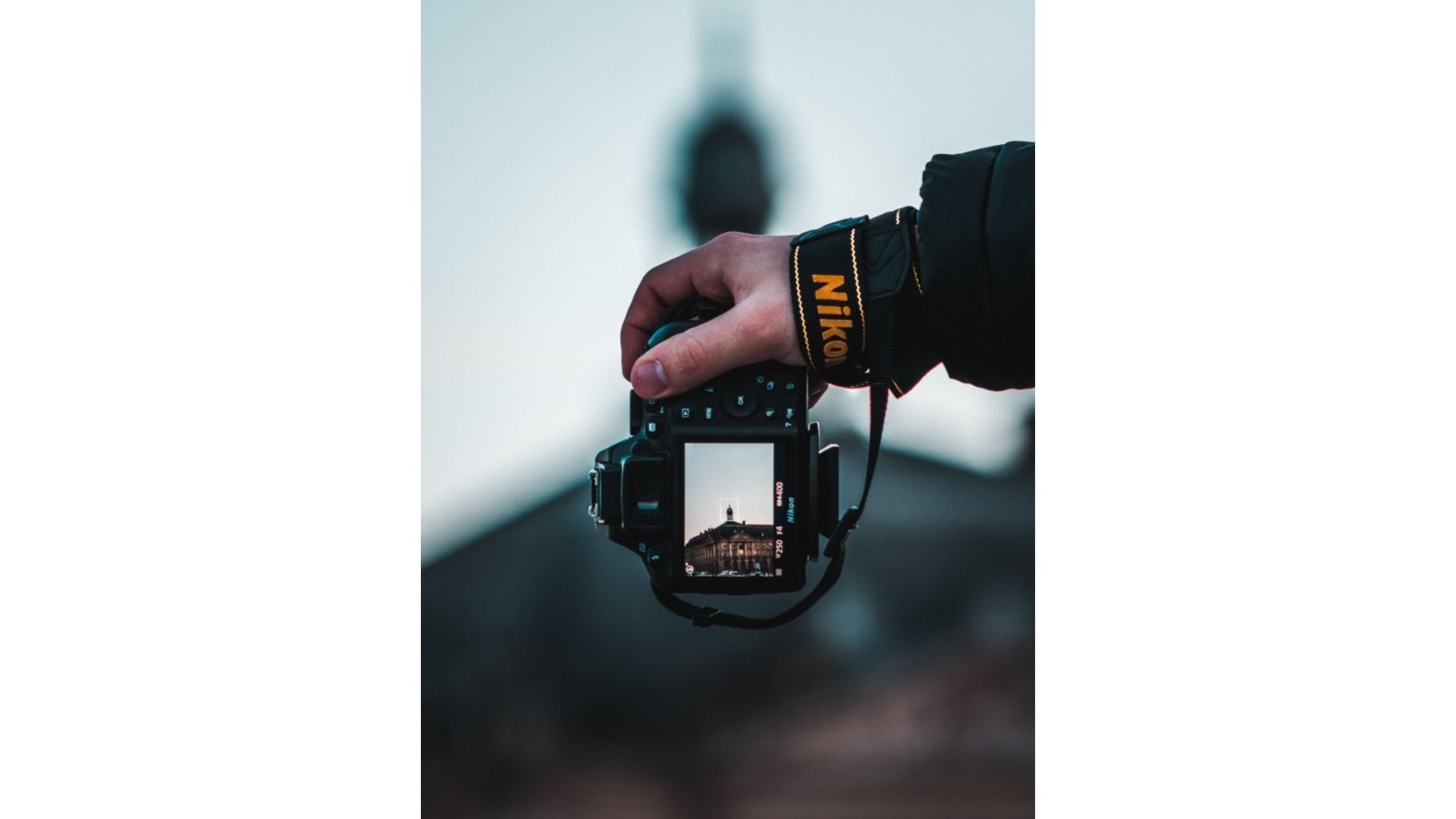Are you looking for semi-professional DSLR cameras and want to know what it is? If so, you’re in luck. Here, we will be providing you with information about their features and a list of the best semi-professional cameras on the market. Not only are these cameras great for budding photographers, but they also make excellent gifts for anyone who loves photography. So without further ado, let’s get started!
what is a semi-professional DSLR
A semi-professional DSLR camera is a camera that sits between professional and amateur cameras. They typically have more features than an amateur camera, but they are not as expensive or intricate as professional cameras. This makes them a great option for those who want to take their photography skills to the next level without breaking the bank.
What are the features of a semi-professional DSLR?
Some of the features that you can expect to find on a semi-professional DSL are not as expensive or complex as professional cameras. This makes them ideal for anyone who wants to take their photography skills to the next level without breaking the bank.
Some of the features you can expect to find on a semi-professional DSLR camera include:
- ISO Range
- Frames Per Second ( FPS )
- Sensor Size
- Superior low-light performance
- Advanced autofocus system
- Higher Megapixel Count
- Optical or digital zoom
- Interchangeable lenses
- Touchscreen LCD
- Built-in Wi-Fi
ISO
The ISO Range on your semi-professional camera is the next item to look at. In low-light situations, the greater the ISO range of a camera, the brighter the shot will be. The higher the ISO, the more noise is produced. While Full Frame Cameras manage this problem better than some of the APS-C cameras mentioned above, the quality of today’s cameras is unlikely to be compromised.
Frames Per Second ( FPS )
Finally, we consider FPS (Frames Per Second). Most people can get by with 5 frames per second. However, for things like wildlife photography, you should aim for 7-10 frames per second. This frame rate range is also suitable for action and sports photography. Following the video, we’ll go through the top semi-professional DSLR cameras to pick from.
FPS matters alot if you want a semi-professional camera for video shooting. You must take into consideration whether you are going for a mirrorless camera or DSLR for videos.
Sensor Size
For one reason, the quality of a 16MP “Point and shoot” can never approach that of a semi-professional DSLR like the Canon EOS 7D Mk II. The Canon EOS 7D Mk II sports a substantially larger sensor, resulting in higher image quality.
A larger sensor provides a better result, particularly in low light.
The sensors that are mostly in the debate are FX and DX.
Superior low light performance
Low light performance is related to the size of the sensor. Cameras with larger sensors are good for low light performance.
This one factor should be considered most when deciding on a semi-professional DSLR camera.
Advanced autofocus system
The more there are, the more accurate you can be with your concentration. In low-light situations, cross-type AF points are also more precise, so if you often capture moving objects inside, search for a camera with most of them. All 45 points cross-type on the Canon EOS 80D!
Higher megapixel count
The picture resolution refers to the number of pixels recorded by the camera. The resolution of a DSLR camera is measured in megapixels (MP), which is the number of millions of pixels in the picture.
When it comes to resolution, though, having a huge amount of MP isn’t the most crucial component.
A 12MP camera will create better images than a 12MP phone because the image or camera sensor matters more.
Optical or digital zoom
Optical zoom is a kind of zoom that takes place inside the camera lens and includes moving the lens to expand the focus length. The distance between the lens and the image sensor rises as you zoom in, enlarging the picture.
Inside the camera, built-in software enlarges the central pixel area while cropping the remainder to create the illusion that the subject is closer than it really is.
Interchangeable lenses
Your new DSLR camera is little more than a paperweight without a lens. The lens you pick is determined by the topic you want to capture.
Different kinds of lenses may help with portraits, sports, landscapes, and wildlife photography. It’s also important to have a good lens mount. Choose an appropriate lens for your camera, since it may accommodate bayonet or screw mounts.
Touch screen LCD
Touch screen LCD in a camera makes it easy to get over controls. Furthermore, an electronic viewfinder in cameras is also supported nowadays.
The touch screen might be compromised in features for semi-professional DSLR cameras because this feature isn’t available in relatively old cameras.
Built-in wifi
Built-in wifi helps in connecting the camera to other devices such as mobile and laptops or PC. This makes it easier to share photos from the camera wirelessly.
What are the best semi-professional DSLR cameras on the market?
Now that you know a little bit more about what to look for in a semi-professional DSLR camera, let’s take a look at some of the best options on the market. These cameras have been chosen based on their features, performance, and price.
These are the recommended semi-professional DSLR cameras:
1. Nikon D7500
2. Canon EOS 7D Mark II
3. Pentax K1 Mark II
4. Nikon D500
Nikon D7500
Type: DSLR
Sensor: APS-C
MegaPixels ( MP ) : 20.9
ISO Range: 100 to 51,200
FPS: 8fps
Lens Mount: Nikon DX
Screen: 3.2in tilting touchscreen, 922,000 dots
Viewfinder: pentaprism
Video Resolution: 4k
Read Also: Specifications and Key Features of Nikon D7500 in details
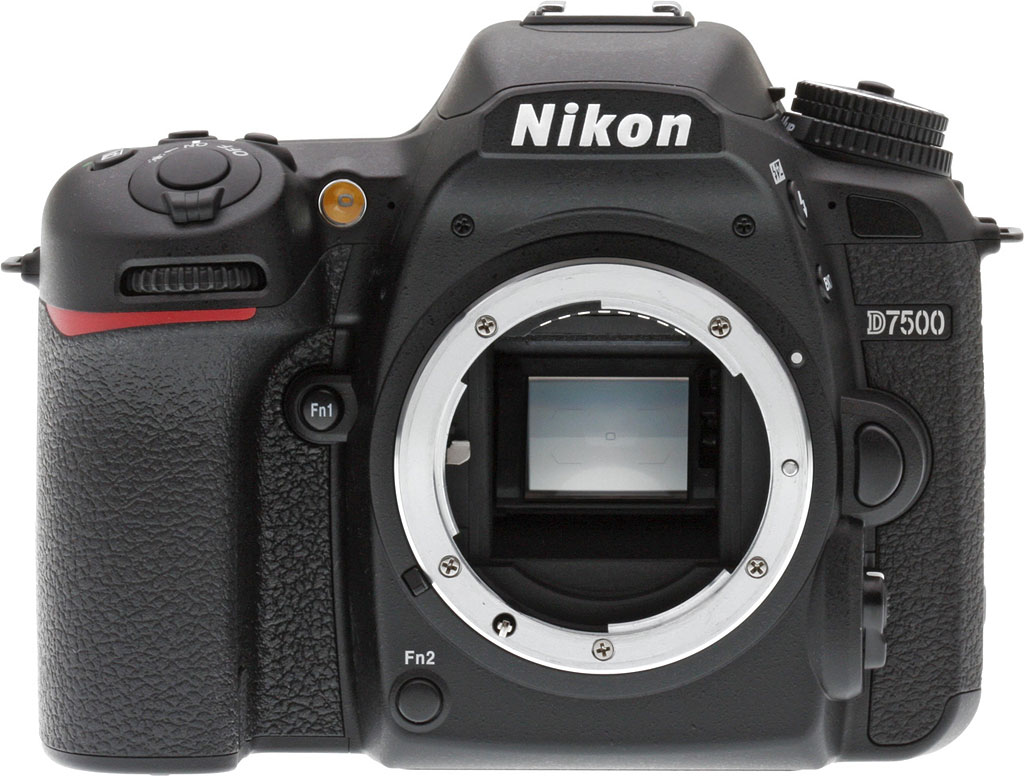
Despite the fact that it was introduced four years ago, we still believe the Nikon D7500 is one of the greatest DSLRs for hobbyists. It’s a capable all-arounder and Nikon’s answer to Canon’s EOS 90D. It has a slightly quicker continuous burst shooting speed (8fps) than the 90D, but it lacks the resolution.
Its 51-point focusing mechanism is dependable, and it can shoot 4K video. It features a tilting back screen instead of the completely articulated design of the EOS 90D, and it uses slower contrast AF in live view mode, although these are minor flaws if you shoot mostly via the viewfinder.
Nikon aficionados interested in sports photography should check into the Nikon D500, but it’s a lot more costly camera that’s becoming harder to come by. Fans of DSLRs should know that fantastic cameras are still available, and our experience with the D7500 has persuaded us that this is one of them.
Canon EOS 7D Mark II
Type: DSLR
Sensor: APS-C ( 22.4 x 15 mm )
MegaPixels ( MP ) : 20.2
ISO Range: 100 to 16,000
FPS: 10fps
Lens Mount: Canon EF/EF-S
Video Resolution: 1080 P
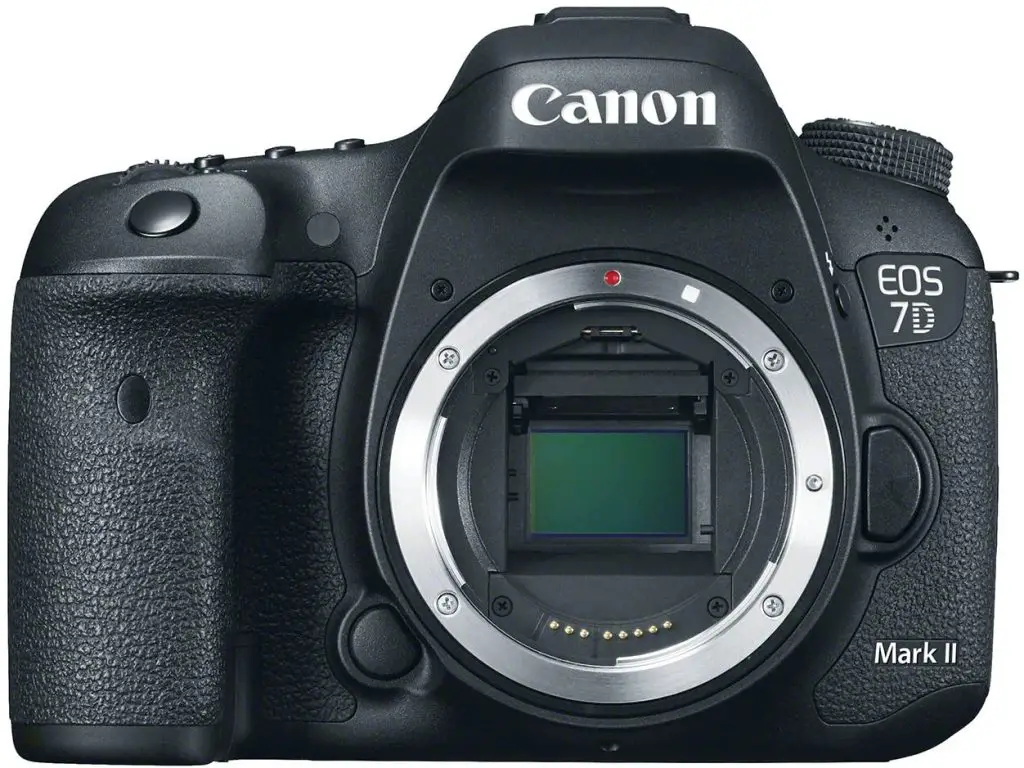
You’ll enjoy the 7D II if you’re seeking the quickest and most sophisticated Canon APS-C camera. With 10 frames per second and a 65-point cross-type AF system, this camera is a beast for wildlife and sports, especially in low-light situations where other cameras struggle.
There’s Dual Pixel AF for movies, exactly like the 80D, and the ISO goes up to 51,200, which is still suitable for photographs on the internet.
With aspect ratios of 3:2 and 16:9, you can shoot at a maximum resolution of 5472 x 3648 pixels.
Pentax K1 Mark II
Type: DSLR
Sensor: Full Frame
MegaPixels ( MP ) : 36
ISO Range: 100 to 51,200
FPS: 4.4/6.4 FPS
Lens Mount: Pentax K
Screen: 3in three-way-tilt, 1,037k dots
Viewfinder: pentaprism
Video Resolution: 1080 P ( Full HD )
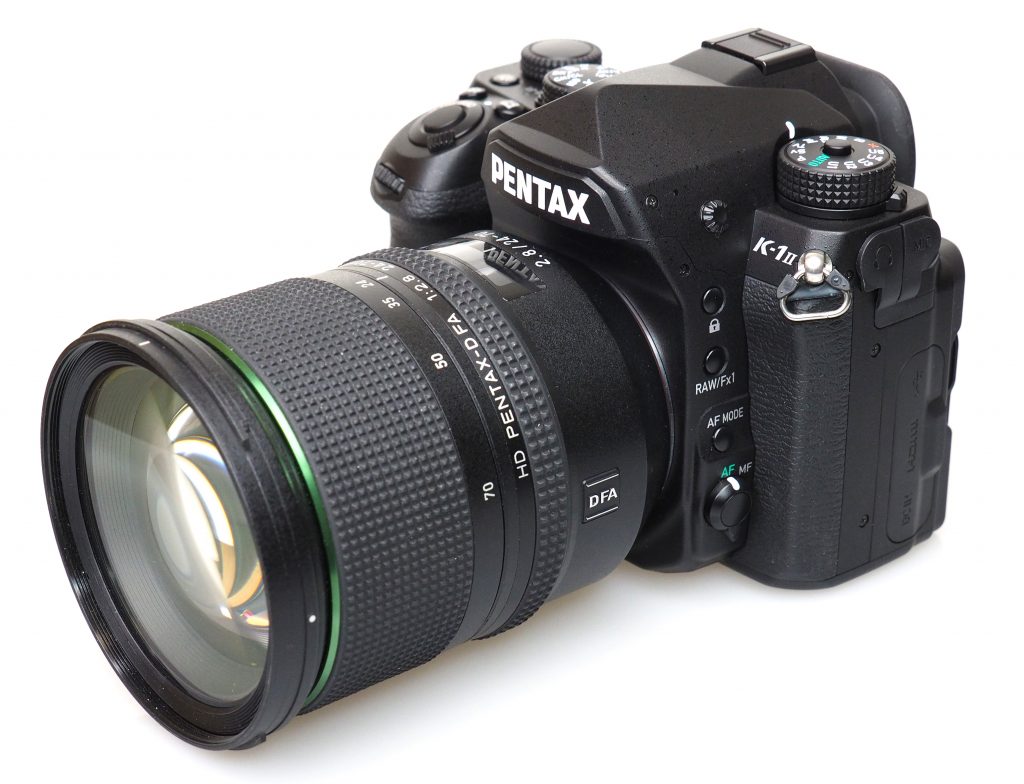
When we tested the Pentax K-1 Mark II, we considered it to be robust but uninspiring in its characteristics, since Pentax tends to exist in its own little bubble, apparently untouched by outside events.
Unlike rival Canon and Nikon DSLRs, which lack in-body stabilization, it has a rugged, weather-sealed structure and a very effective sensor-shift image stabilization technology that works with any connected lens.
Even better, the 5-axis stabilizer can operate in trick modes to provide anti-aliasing correction, an increase in fine detail and texture based on Pixel Shift across several exposures, and even an Astrotracer mode to prevent stars from streaking across the sky.
The K-1 Mark II offers a lot of megapixels for the money, with a 36MP full-frame picture sensor, yet the 33-point AF system seems archaic, and Live View autofocus is clearly inadequate. However, we believe that this camera will appeal to DSLR aficionados who desire a huge, sturdy, premium-quality, and classic camera feel.
Nikon D500
Type: DSLR
Sensor: APS-C ( 23.5 x 15.7 mm )
MegaPixels ( MP ) : 20.9
ISO Range: 100-51,200, expands to 50-1,640,000
FPS: 10 FPS
Lens Mount: Nikon F Mount
Screen: 3in three-way-tilt, 1,037k dots
Viewfinder: pentaprism
Video Resolution: 4K (UHD) 3,840 x 2,160 pixels at 30/25/24fps, Full HD 1,920 x 1,080 pixels at 60/50/30/25/24fps’
Read Also: Specifications and Key Features of Nikon D500 in Details
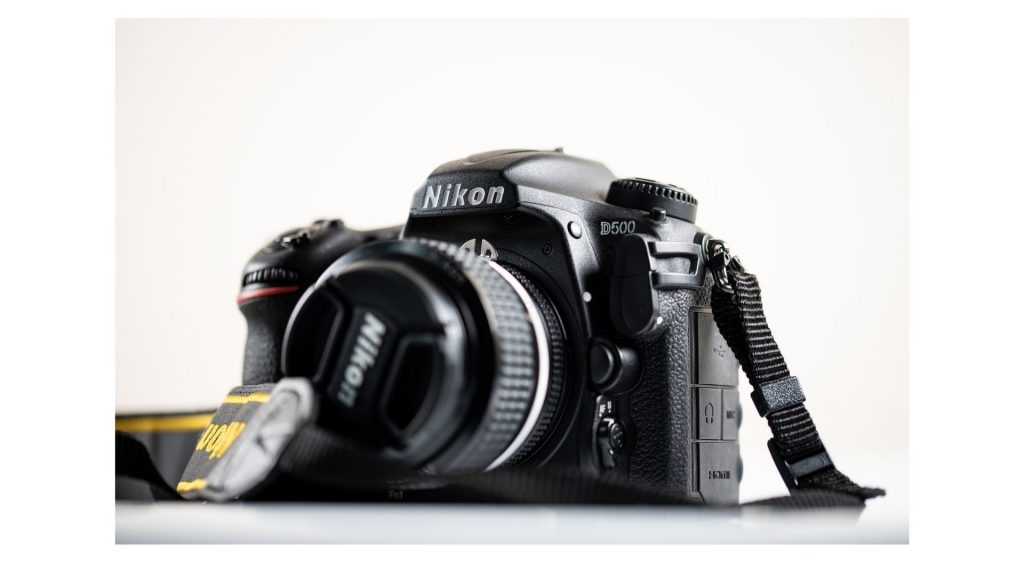
The camera has a robust feel to it, while not being as heavy as its full-frame sister. A good grip with a textured coating is on the front, while a ridge on the rear indicates the thumb rest, providing for a comfortable grasp.
This begins to deteriorate at ISO 6,400, but the results at ISO 12,800 are still excellent, with only a smidgeon of chroma noise visible in raw files viewed at 100% on-screen. From ISO 25,600, the colorful speckling gets more noticeable, although it’s still far inside acceptable boundaries.
There were no nasty shocks with the D500’s automated white balance and metering mechanism. The general-purpose Matrix metering system performed well, proposing balanced exposure settings in a variety of scenarios. It works well with bright subjects and doesn’t always result in the underexposure that we may expect.
Conclusion
When selecting a semi-professional DSLR camera, it is important to consider your needs and budget. Consider the sensor size, ISO range, and fps on the primary level. Then go for a camera h=that suits best according to your needs, either for images or videos.
FAQs
What is the difference between a professional and semi-professional DSLR camera?
A professional DSLR camera is typically more expensive and has more features than a semi-professional camera. It is also typically larger and heavier.
What are the best features to look for in a semi-professional DSLR?
Some of the features you may want to consider when purchasing a semi-professional DSLR camera include manual controls, higher megapixel count, superior low-light performance, interchangeable lenses, and a larger buffer.
Featured Image: Clement via Unsplash.com
